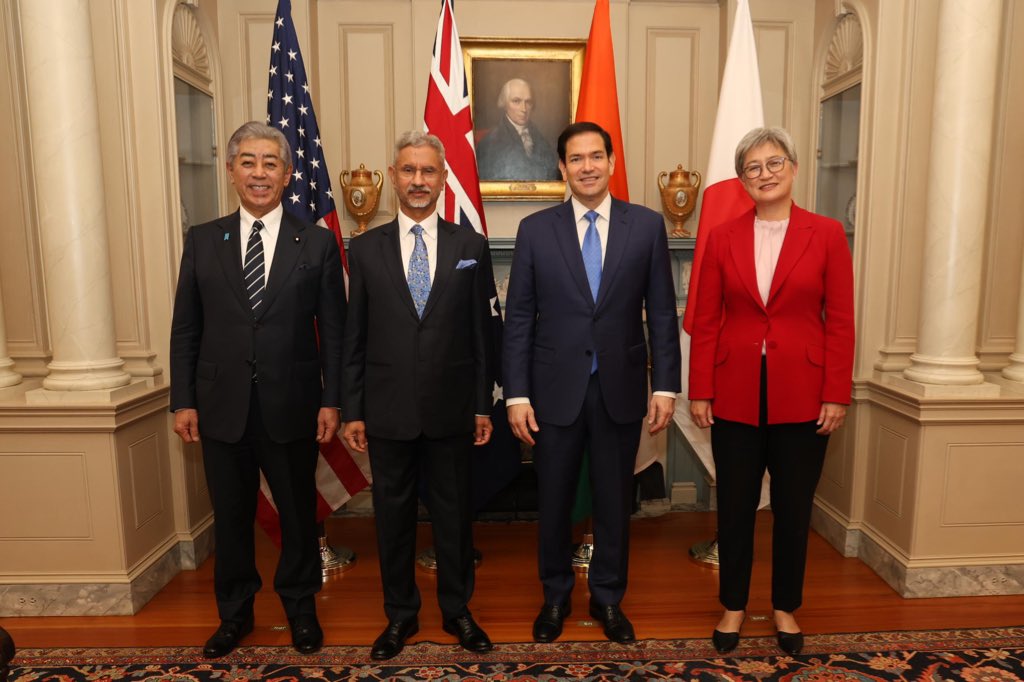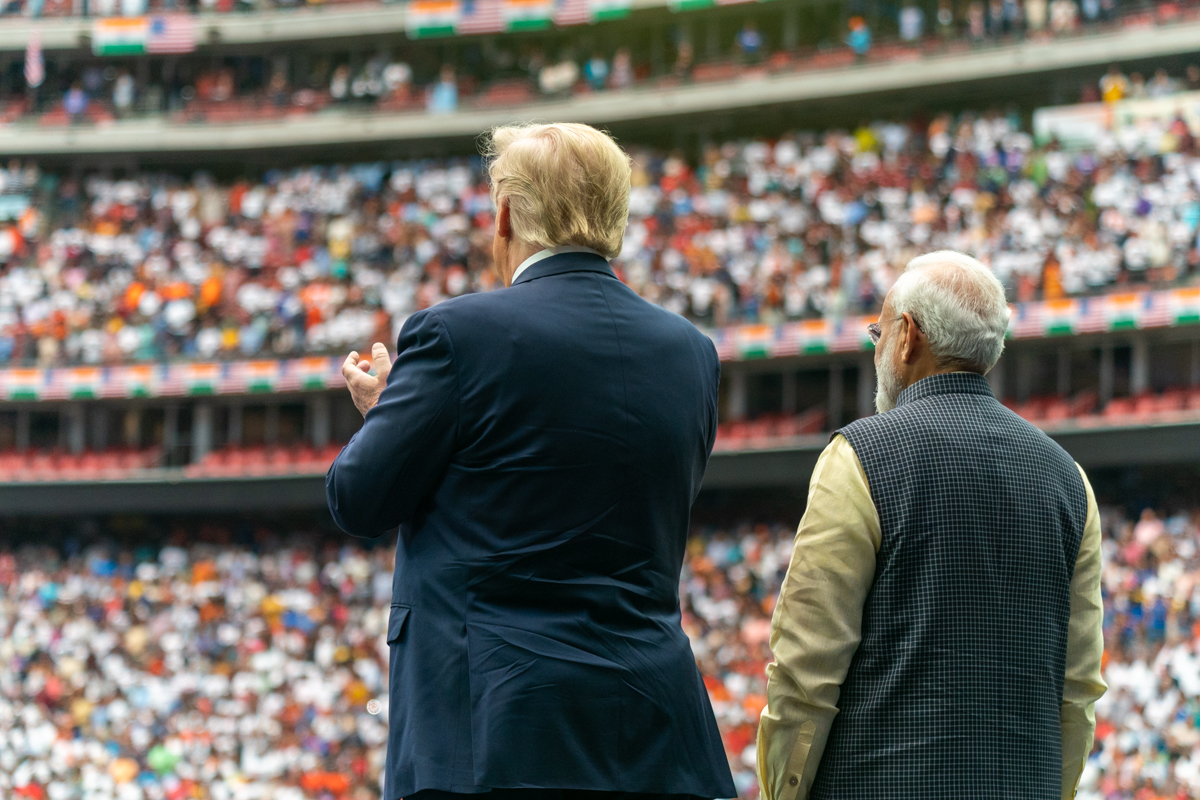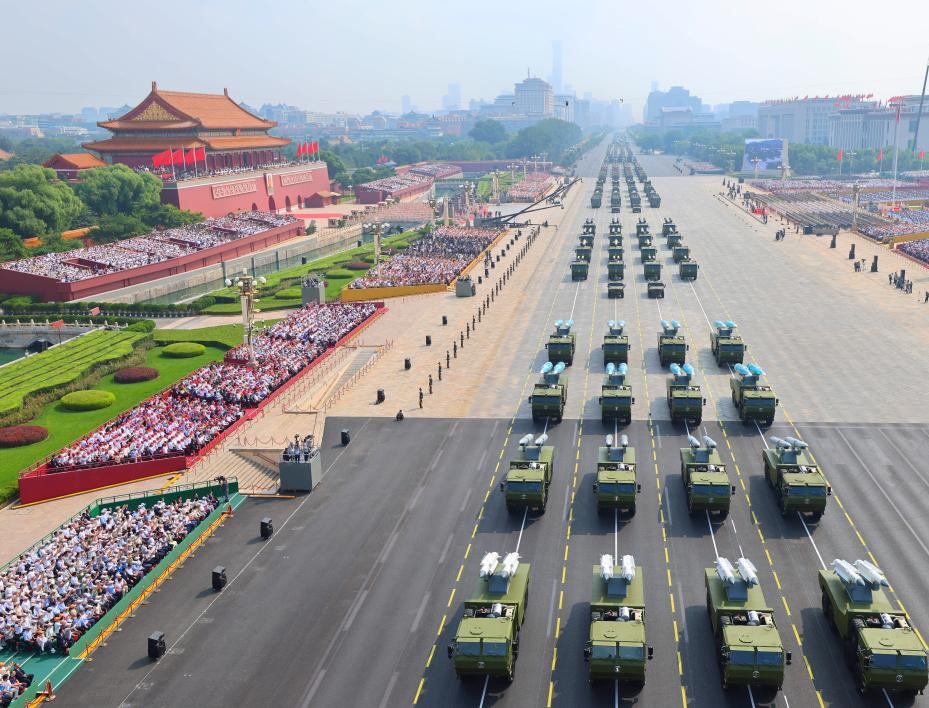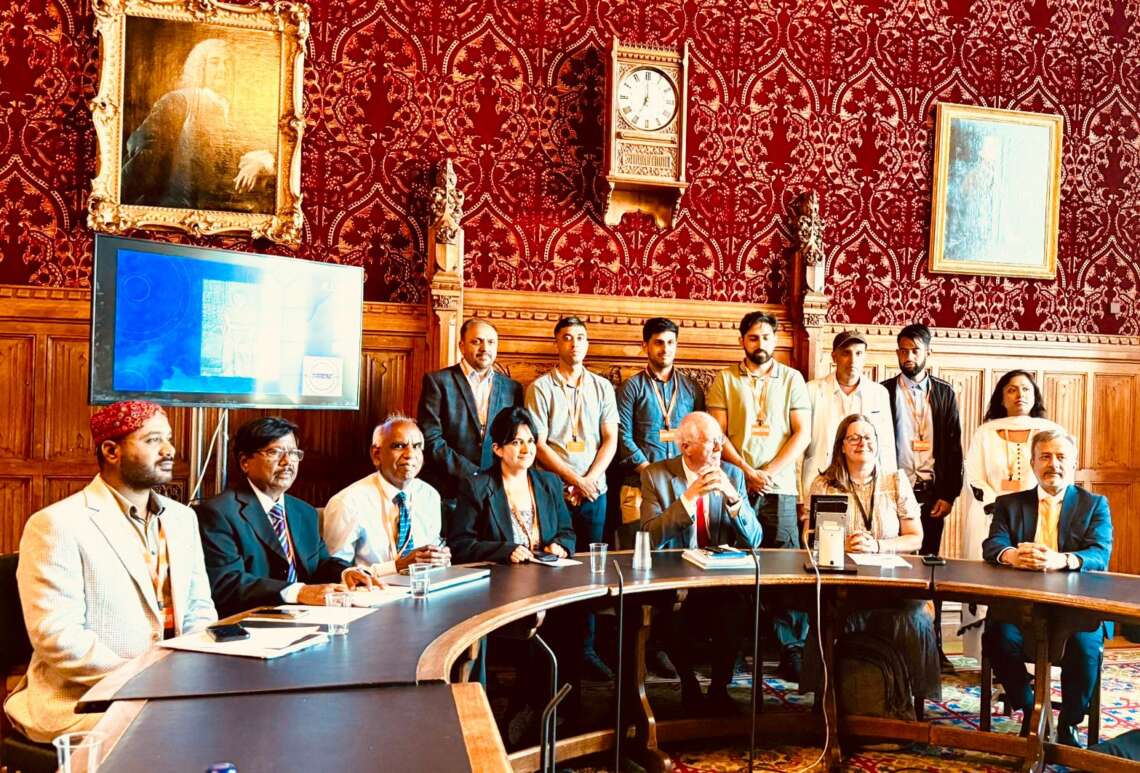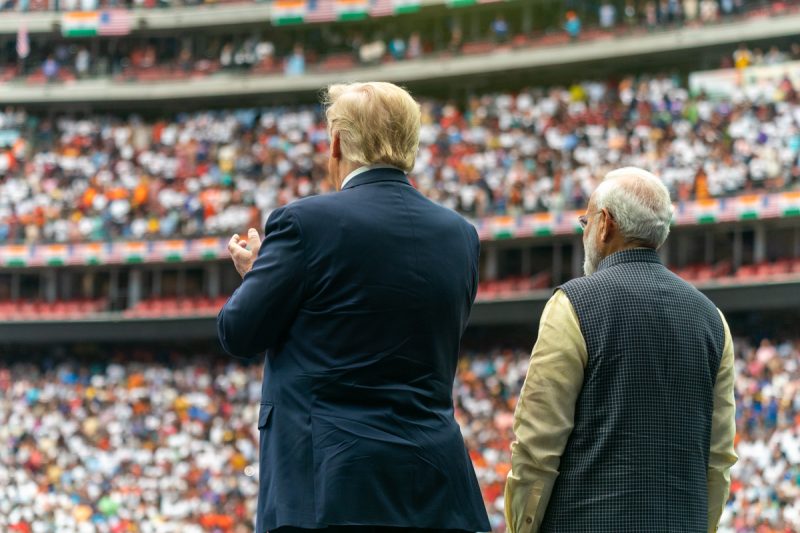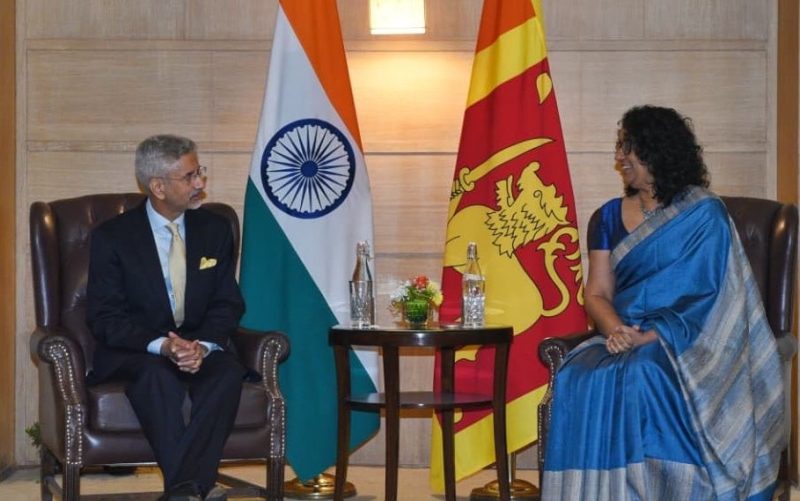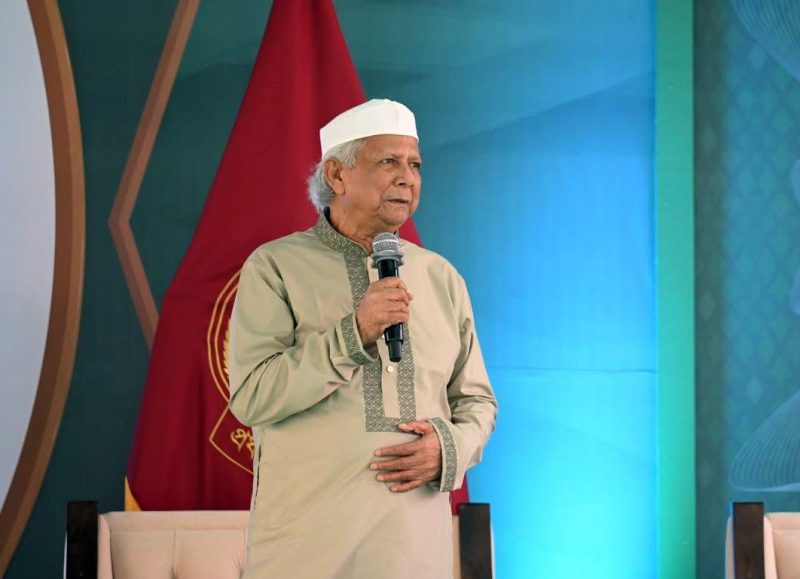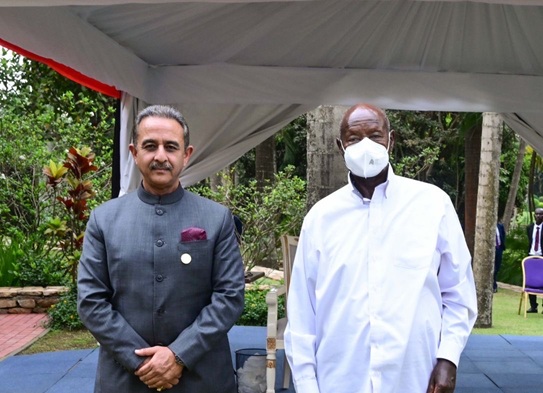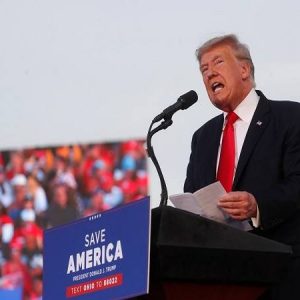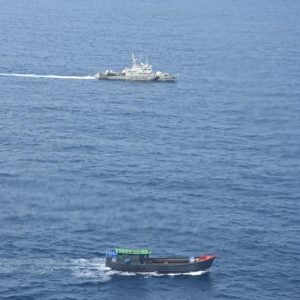If the Quad aims to counterbalance China’s growing influence, it must expand its focus beyond the maritime domain and address the continental dynamics of the Indo-Pacific…writes Imran Khurshid
Despite early concerns that a Trump administration might deprioritize Quad engagement due to its highly transactional and unpredictable leadership style, the Quad Foreign Ministers’ Meeting, held on July 1, reaffirmed the group’s strategic relevance.
On January 21 – just one day after President Donald Trump’s inauguration – U.S. Secretary of State Marco Rubio hosted the first ministerial-level Quad meeting of the year in Washington, signaling early continuity. However, in the months that followed, high-level U.S. engagement appeared limited. Instead, the Trump administration focused on crises in Ukraine and the Middle East, launched aggressive trade measures, and reignited burden-sharing disputes with key allies, including tensions with India over tariffs, technology cooperation, and regional security issues.
During this period, Quad coordination persisted through working-level mechanisms. India hosted a Quad Pandemic Preparedness Workshop from March 17 to 19 in New Delhi, involving all four member states and other Indo-Pacific partners. Engagement also continued in areas such as cybersecurity, infrastructure, health, and counterterrorism.
Although the July 1 meeting in Washington, D.C. had been scheduled in advance – as is typical for such diplomatic forums – it nonetheless marked a significant return to ministerial-level dialogue, especially in the present geopolitical context. With participation from the United States, India, Japan, and Australia, the meeting reaffirmed the Quad’s collective commitment to a free, open, and inclusive Indo-Pacific amid intensifying geopolitical challenges.
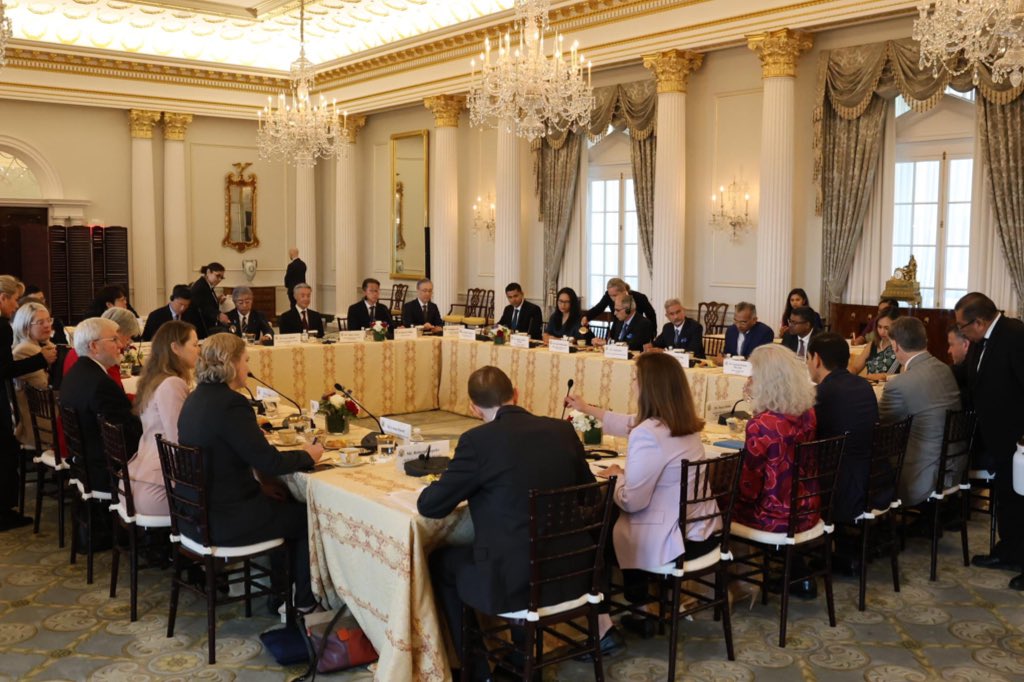
Condemnation of Pahalgam Terror Attack
One of the key highlights of this meeting was the categorical condemnation of the brutal terror attack in Pahalgam, in the Indian territory of Jammu and Kashmir. India blamed Pakistan for involvement in the attack, culminating in a brief conflict between the two nations in May 2025. The Quad nations sent a strong message on the Pahalgam attack: “We call for the perpetrators, organizers, and financiers of this reprehensible act to be brought to justice without any delay and urge all U.N. Member States… to cooperate actively with all relevant authorities in this regard.”
They further emphasized: “The Quad unequivocally condemns all acts of terrorism and violent extremism in all its forms and manifestations, including cross-border terrorism, and renews our commitment to counterterrorism cooperation.” This marked a clear signal of solidarity with India and reflected a growing strategic convergence on counterterrorism within the Indo-Pacific context.
Beyond counterterrorism, the Quad reaffirmed its broader strategic agenda — encompassing maritime and transnational security, economic prosperity, critical and emerging technologies, and humanitarian assistance. The group seeks to evolve into more than a diplomatic forum. As Rubio pointed out, the Quad must become a “vehicle for action,” with trade and commercial ties playing a pivotal role in ensuring its long-term relevance.
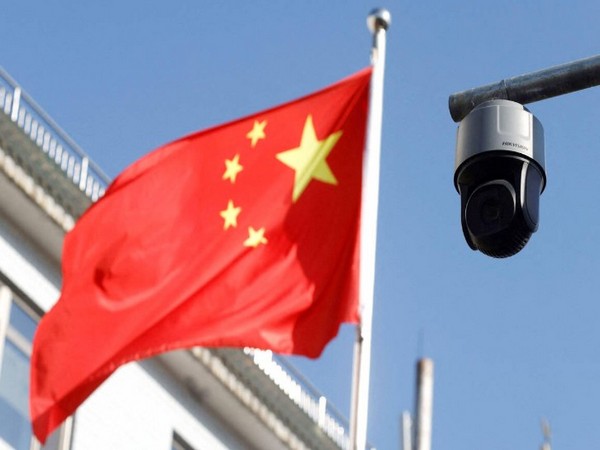
Quad Critical Minerals Initiative
The highlight of the latest Quad Foreign Ministers’ Meeting was the launch of the Quad Critical Minerals Initiative – a major geoeconomic move aimed at reducing dependency on China’s near-monopoly over rare earth elements and mineral processing. While the joint statement avoided directly naming China, it clearly conveyed the coalition’s worry: “We are deeply concerned about the abrupt constriction and future reliability of key supply chains, specifically for critical minerals… The use of non-market policies and practices for critical minerals, derivative products, and mineral processing technology undermines global supply chains.”
The joint statement added: “Reliance on any one country for processing and refining exposes our industries to economic coercion, price manipulation, and supply chain disruptions.”
These declarations underscore the Quad’s recognition that the primary challenge posed by China is geoeconomic. Beijing’s dominance over mineral supply chains, global trade networks, and strategic manufacturing has enabled it to cultivate economic dependencies across continents – from East Asia to Africa and beyond. These dependencies have become instruments of political coercion. Countries that challenge China’s positions on issues such as the South China Sea, human rights, or Taiwan often face subtle, targeted economic retaliation.
Unlike formal U.S. sanctions, China’s coercive actions are typically informal, embedded within global value chains, and difficult to counter. Even the United States, despite imposing tariffs and pledging to decouple from China, ultimately signed a trade deal with Beijing due to pressure from domestic industries and consumer markets. This episode exposed the limits of strategic autonomy in the face of deep economic interdependence and highlighted how dependency can undermine geopolitical leverage.
The Quad’s renewed focus on diversifying supply chains is thus a vital countermeasure. Without sustained efforts toward industrial resilience, technological self-reliance, and enhanced regional cooperation, China’s structural power will continue to expand.
If backed by serious investments, regulatory harmonization, and technology transfer, the Quad Critical Minerals Initiative could serve as the economic backbone and set the future direction for similar initiatives within the broader Indo-Pacific region.

Maritime Security and ASEAN Centrality
The Quad also issued a sharp rebuke of Beijing’s behavior in the East and South China Seas, again without explicitly naming China. The statement expressed serious concerns over increasing militarization, coercive activities, and interference in offshore resource development, saying, “We reiterate our strong opposition to any unilateral actions that seek to change the status quo by force or coercion… including obstruction of lawful maritime operations and freedom of overflight.”
This is a strong signal of solidarity with regional actors like the Philippines, Vietnam, and Japan, all of whom have faced intimidation from Chinese vessels and air patrols in disputed waters.
Importantly, the Quad reaffirmed its commitment to the centrality, unity, and leadership of ASEAN in the Indo-Pacific. While this may appear as routine diplomatic language, it carries deep strategic meaning. ASEAN centrality serves as a buffer against Chinese dominance, especially in Southeast Asia. The emphasis on a “united ASEAN” implicitly resists Beijing’s divide-and-rule tactics – particularly its attempts to pressure individual ASEAN states into compliance or silence. By aligning itself with ASEAN principles, the Quad is supporting a rules-based regional order and contesting Beijing’s efforts to rewrite norms through unilateralism and coercion.
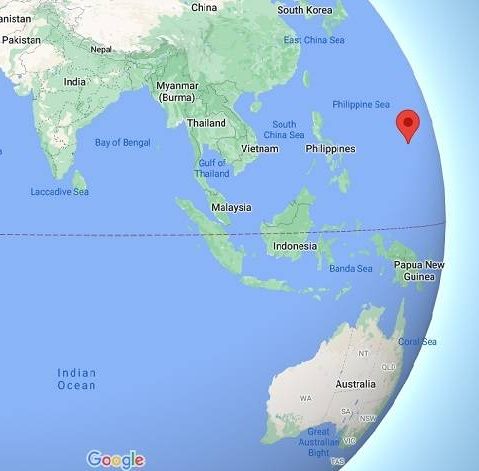
The Missing Link in Quad Strategy
However, safeguarding Southeast Asia alone is not sufficient. If the Quad aims to counterbalance China’s growing influence, it must expand its focus beyond the maritime domain and address the continental dynamics of the Indo-Pacific. China is not only asserting itself at sea but is also making significant strategic inroads into South Asia through infrastructure projects, diplomatic outreach, and new multilateral arrangements. The recently proposed trilateral bloc between China, Pakistan, and Bangladesh clearly signals Beijing’s intent to reshape the regional order and challenge India’s traditional leadership.
In this context, the Quad must elevate India’s role beyond the maritime sphere and recognize South Asia as a critical front in the broader strategic competition. The condemnation of the Pahalgam terror attack was a welcome gesture of solidarity, but deeper, sustained coordination is needed to reflect the region’s geopolitical realities.
The United States, in particular, must address contradictions in its approach. While it regards India as essential to countering China, it continues to maintain close ties with Pakistan – often at odds with India’s security interests – and largely overlooks Beijing’s growing footprint in South Asia. This inconsistency weakens Washington’s strategic goals. Without aligning its South Asia and Indo-Pacific policies, the U.S. risks promoting a fragmented vision that falls short of being a true Indo-Pacific strategy.
If the goal is to empower India to become a net security provider and strengthen its position to counterbalance China, then Washington must support the development of India’s strategic capabilities and its interests in the region – even if that includes some strategic accommodation (such as accepting India’s defense ties with Russia) or flexible trade arrangements. Failing to do so reduces the coherence of the Quad response to what is, fundamentally, a holistic Chinese challenge spanning military, economic, and diplomatic domains. A fragmented approach will not suffice against such an integrated threat.
Conclusion
The recent Quad meeting reaffirmed a commitment to a free, open, and inclusive Indo-Pacific, while highlighting the centrality of ASEAN. Yet, statements alone are not enough. If the Quad is serious about countering Chinese influence, it must evolve into a comprehensive geoeconomic and geopolitical coalition.
This means securing supply chains, investing in infrastructure, aligning South Asia policy with the Indo-Pacific vision, and fully integrating India’s strategic concerns. The Quad must act, not just articulate. Only through such a holistic strategy can it hope to maintain balance in a region where China seeks hegemony not only through warships and missiles but through mines, trade, and economic coercion.


